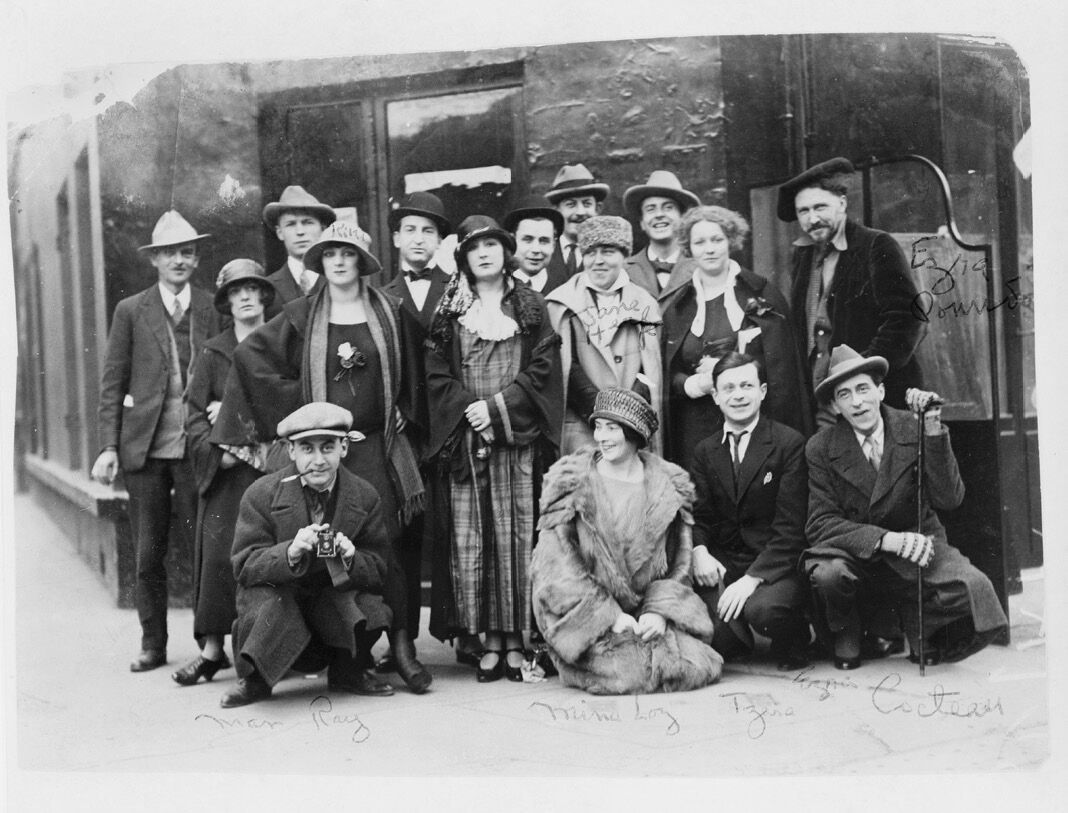
From the Archives

Artistic freedom in the United States was not always a given; the ability to express ideas freely was hard won. Jane Heap (SAIC 1902–05), a painter born in 1883 in Topeka, Kansas, was an important figure in this fight. Heap lived her adult life in Chicago openly with her partner, Margaret Anderson. Heap and Anderson first met in 1916, after which Heap became co-editor of Anderson’s publication The Little Review.
The Little Review was one of the first American publications dedicated to distributing modernist and avant-garde visual art from Europe. After the publication serialized James Joyce’s Ulysses in 1918, it was subsequently censored by the government, and Anderson and Heap were both convicted on obscenity charges. This censorship ultimately led to the United States v. One Book Called Ulysses decision in 1933, a factor in the United States Supreme Court’s ruling on obscenity (and artistic freedom) in Roth v. United States decades later. The 1957 court case paved the way for the Supreme Court’s broad ruling on what constitutes obscenity today and gave artists and writers much greater leeway under US law.
Heap, pictured here outside of the Jockey Club de Paris with friends (including James Joyce, Tristan Tzara, Ezra Pound, and Man Ray), was by all accounts a magnetic and creative personality. Though relatively unknown today, her commitment to freedom of expression, both personal and artistic, shaped our government’s modern views on artistic freedom.
